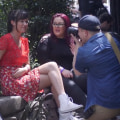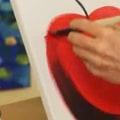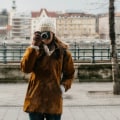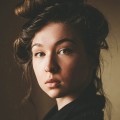From the subtle gradations of black and white to the stark contrast of night photography, the use of contrast and texture can help create dramatic images that will captivate viewers. Whether it’s capturing a moody landscape or creating an abstract piece of art, understanding how to use contrast and texture to your advantage can lead to some beautiful and unforgettable photography. In this article, you will learn the tips and tricks for using contrast and texture to create drama in your night or black and white photography.
Using Texture
Black and white photography has the power to capture drama and emotion in ways that color photos simply cannot.By making use of contrast and texture, photographers can create stunning images that draw viewers in. When it comes to using texture to create drama in your black and white photos, look for areas with interesting patterns or textures. This could include ripples in water, rough surfaces, or rustic walls. These textures will add an extra layer of interest to your photos, and can help you create powerful images with strong visual impact. When composing a photo, think about the type of texture you want to use, and how it will interact with the other elements in your photo.
For example, if you are shooting a portrait, look for textures that will complement your subject’s clothing or environment. If you are shooting a landscape, look for textures that will add depth and character to your image. By carefully considering how texture can add to the composition of your photo, you can create stunning images with dramatic impact.
Using Contrast
When shooting in black and white, it is important to pay attention to the light in your scene. Look for areas where light and dark are in sharp contrast with one another.Contrast creates drama and emotion in a photograph, and can be used to draw attention to the subject or to create a mood. High-contrast photos have an intense dynamic range, with bright highlights and dark shadows. This creates a strong visual impact, while also emphasizing the texture of the subject. To create a high-contrast image, use a hard light source such as direct sunlight or a studio light, and place your subject in the direct path of the light.
Low-contrast photos tend to be more muted, with a softer light and less extreme shadows. This type of lighting can be used to create a more subtle and ethereal effect. To create a low-contrast image, use a soft light source such as window light or a diffused studio light, and place your subject in the indirect path of the light. By combining contrast and texture, photographers can create stunning black and white photos that capture the drama of a scene. Experiment with different lighting angles, textures, and contrasts to find the best combination for your photos.








